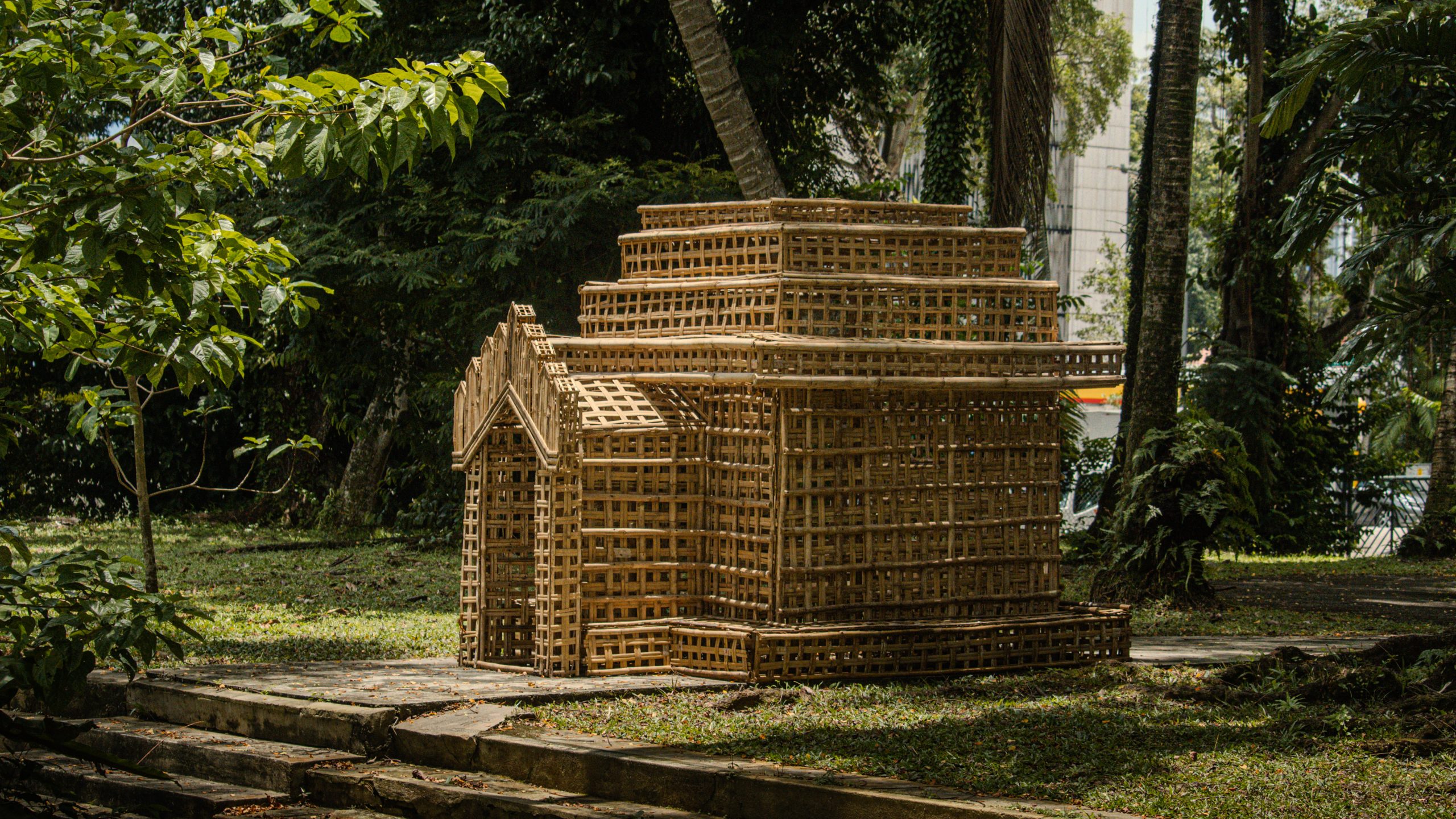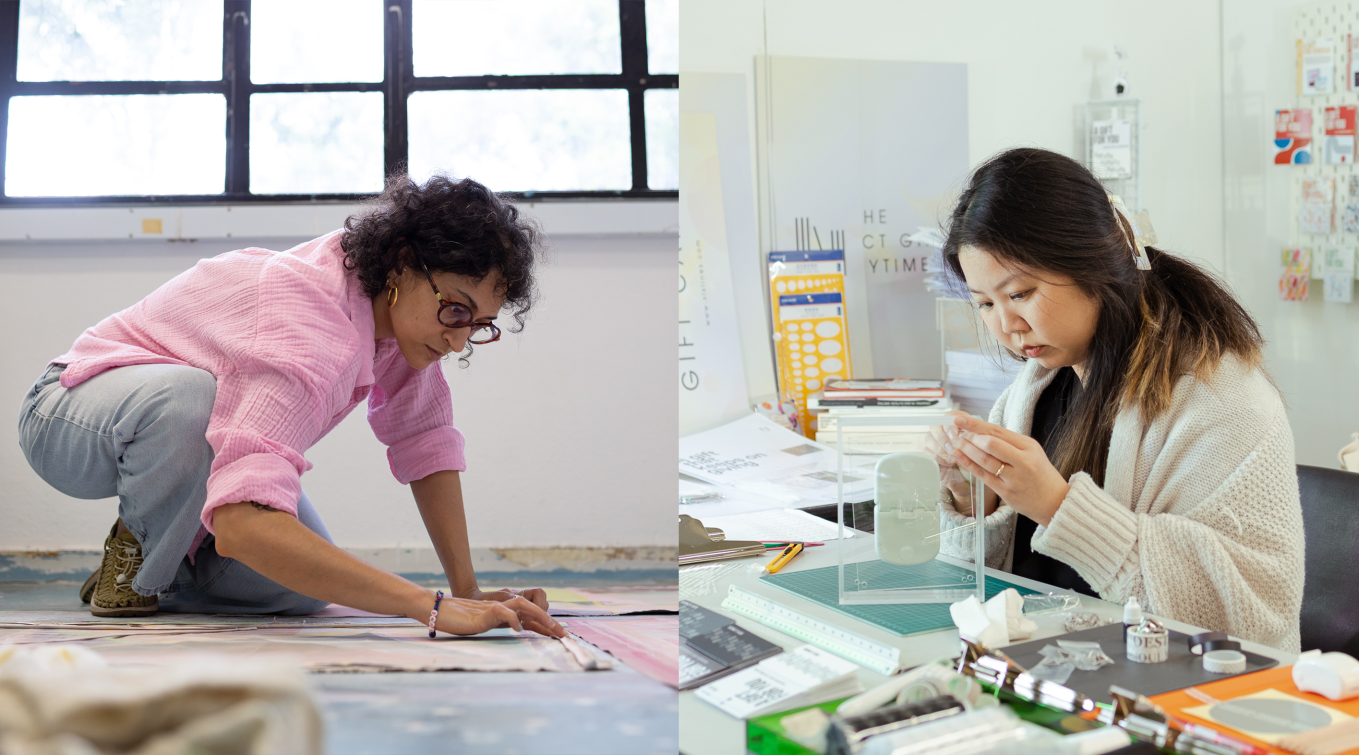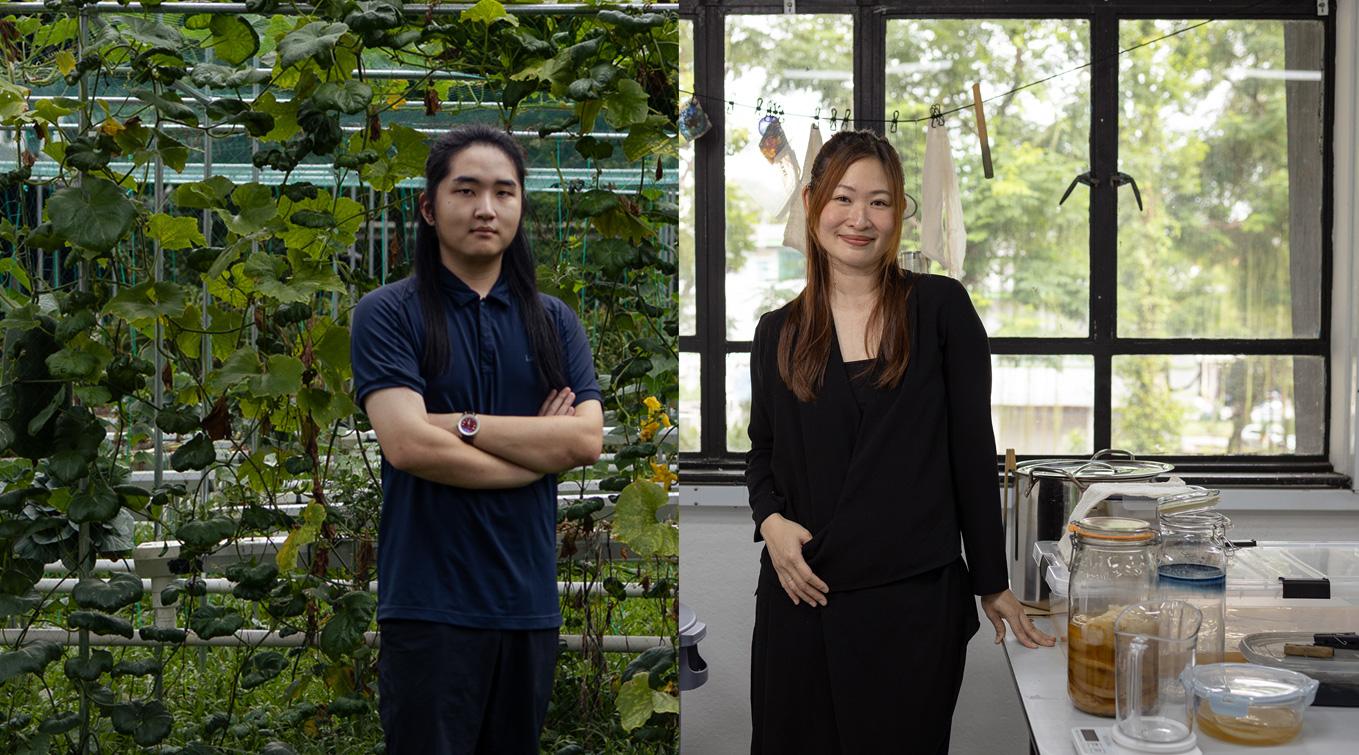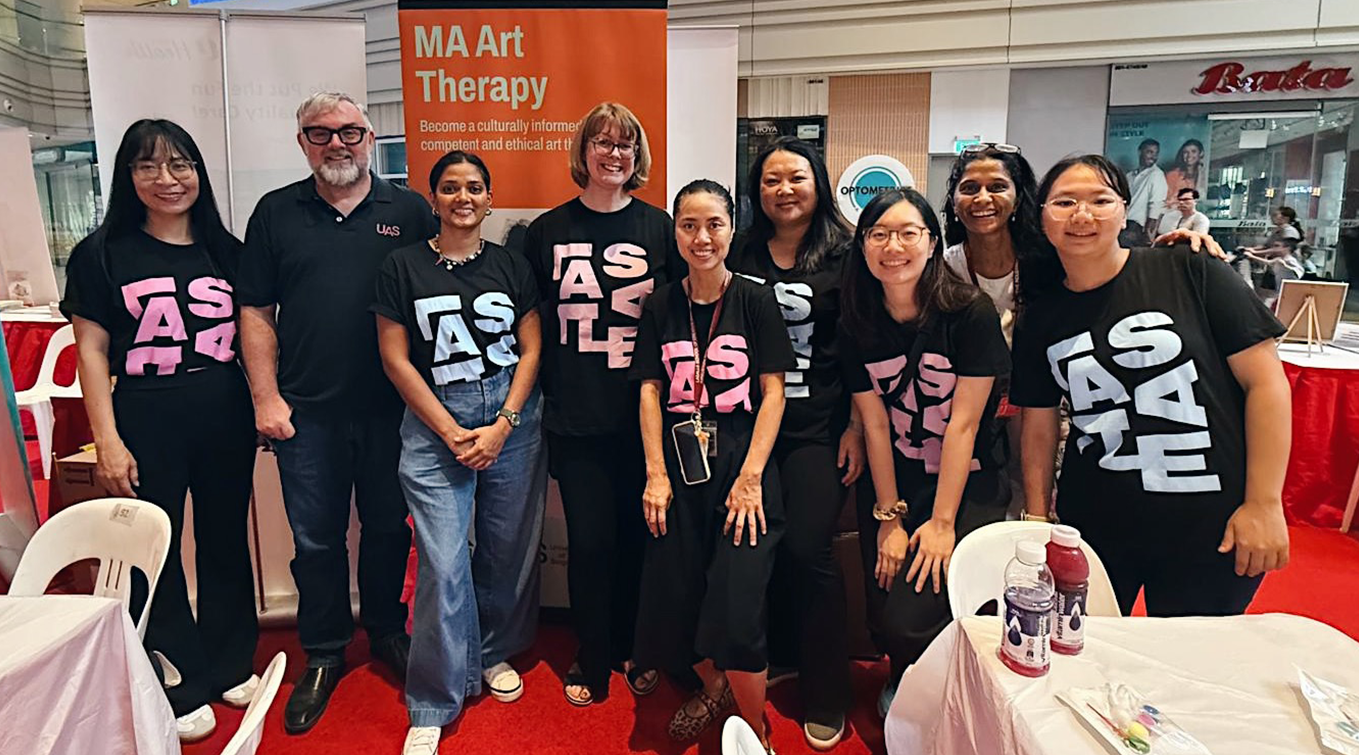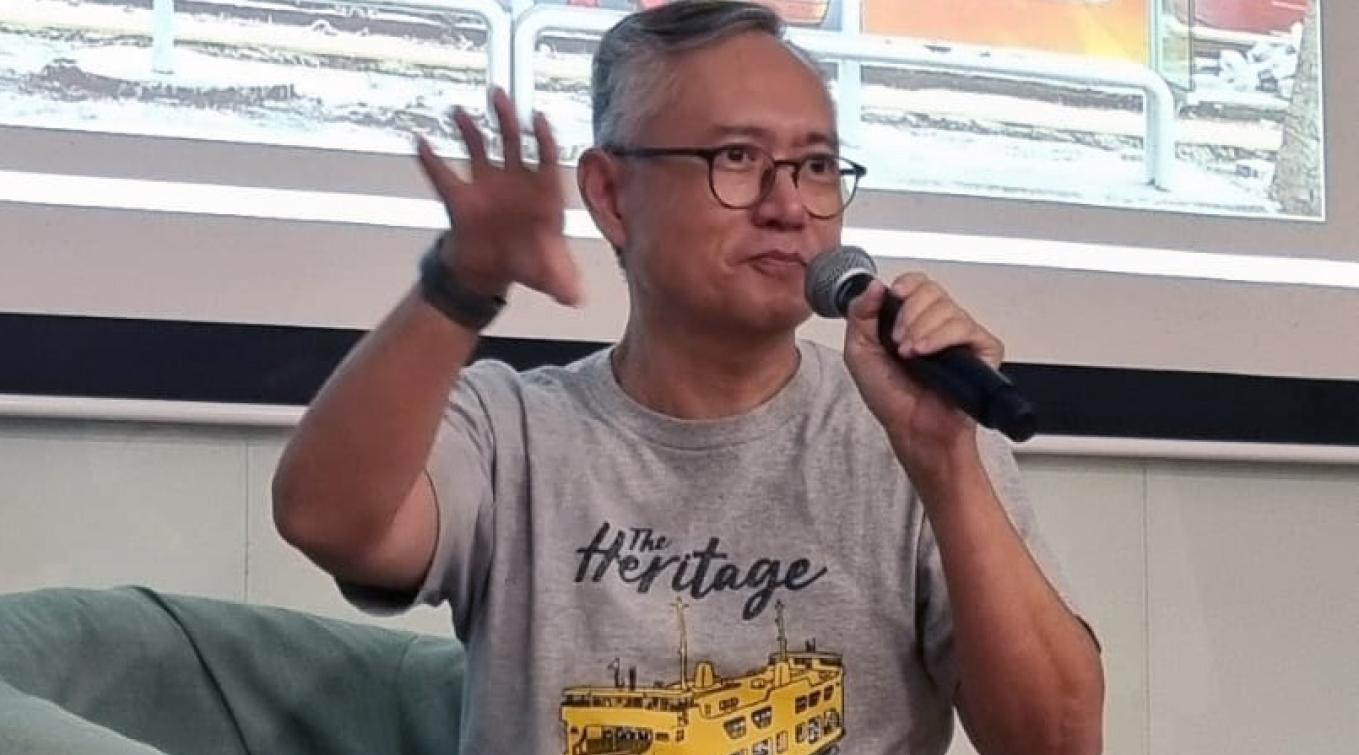Fashion takes flight at Wisma Atria with LASALLE’s School of Fashion and Mattel Singapore
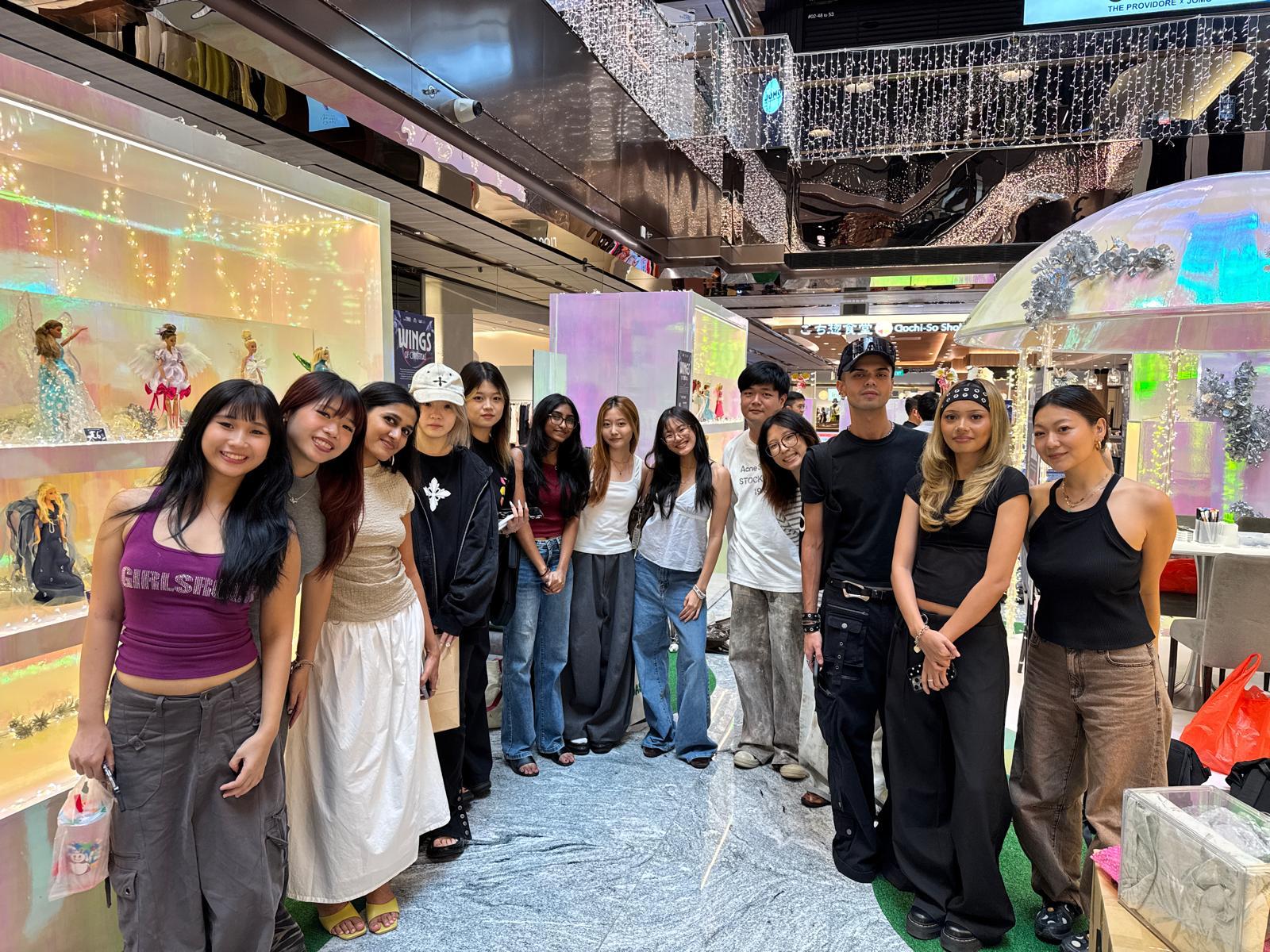
30 Barbies collaboratively attired by 30 students from the BA (Hons) Fashion Design and Textiles and BA (Hons) Fashion Media and Industries programmes are currently on display at the indoor atrium of Wisma Atria.
Part of a collaboration between Wisma Atria and Mattel Singapore, Wings of Christmas is a Barbie Couture Creations exhibition and charity auction, running from November to December 2025, showcasing sustainably outfitted Barbies dressed not only by LASALLE students, but also local creatives like #flushablefashion’s Jian Yang and non-profit organisations.

Some of the students’ works, showcased at Wisma Atria’s L1 indoor atrium.
Challenged to respond to the themes of Wings of Empowerment, Iridescent Beauty and Identity, and Barbie Through the Ages, the students were given just over a month to submit their designs, followed by another month of hand-constructing miniature outfits with recycled materials.
Asked about her gala-ready bedazzled Barbie, BA (Hons) Fashion Design and Textiles student Nicole Chai said, “My Barbie’s outfit is made from my Christmas decoration discard box— chipped baubles and gift wrap. I also drew inspiration from Rei Kawakubo’s Dress Meets Body, Body Meets Dress collection and Maison Margiela’s latest artisanal collection.”
BA (Hons) Fashion Media and Industries student Joyce Tan used compact discs and cut them up piece by piece to form a bodice. Paired with painted bubble wrap, her Barbie’s outfit references Hans Christian Andersen’s original Little Mermaid who turned into foam.
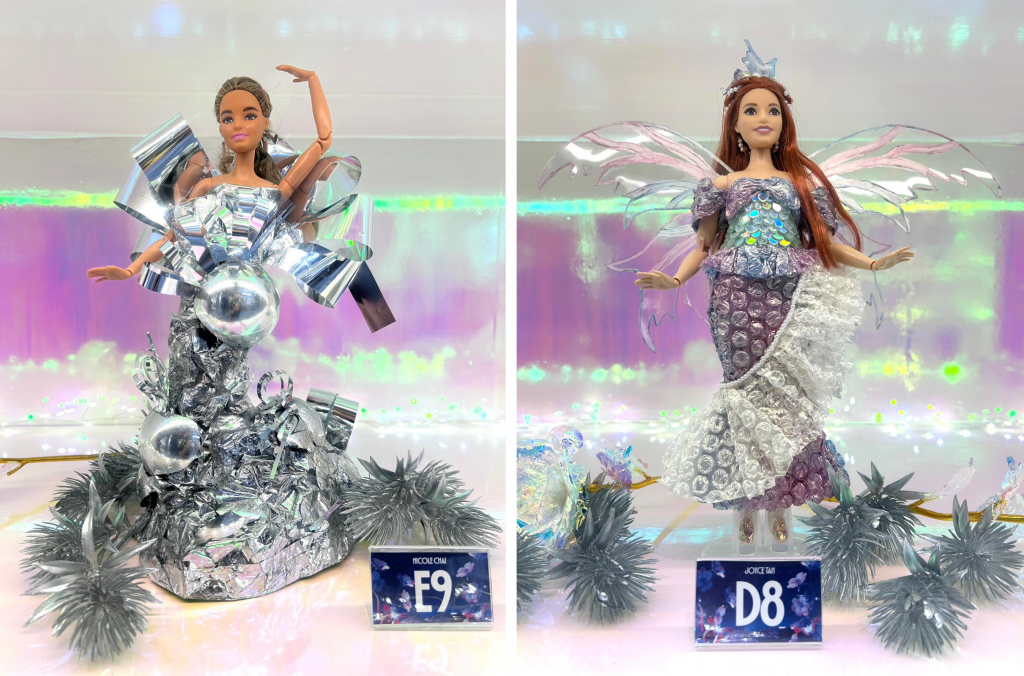
Nicole Chai’s gala-ready bedazzled Barbie (left) and Joyce Tan’s fairytale mermaid Barbie (right).
BA (Hons) Fashion Media and Industries student Nadya Binte Azahar reflected, “This project made me realise that fashion isn’t only about full-sized clothes—it’s also about storytelling and creating a mood. It opened my mind to considering creative direction, brand collaborations and more conceptual projects. I learned to get excited about exploring different purposes for fashion, not just the traditional ones.”
Following the end of the showcase, a selection of the couture Barbies will be put up for silent auction with proceeds benefiting HCSA Community Services.
Said Mr Brandon Teo, Deputy General Manager, Wisma Atria, “Barbie symbolises imagination and hope, and has inspired generations to dream fearlessly and express themselves freely. These qualities underpin Upon Iridescent Wings, which is conceptualised to spark imagination, demonstrate fun ways to contribute to sustainability and inspire creativity by showcasing talents of no less than 70 talents and brands. We are proud to do our part for the less privileged by donating all proceeds from the auction of Barbie Couture Creations to HCSA SPIN through the Community Chest.”




